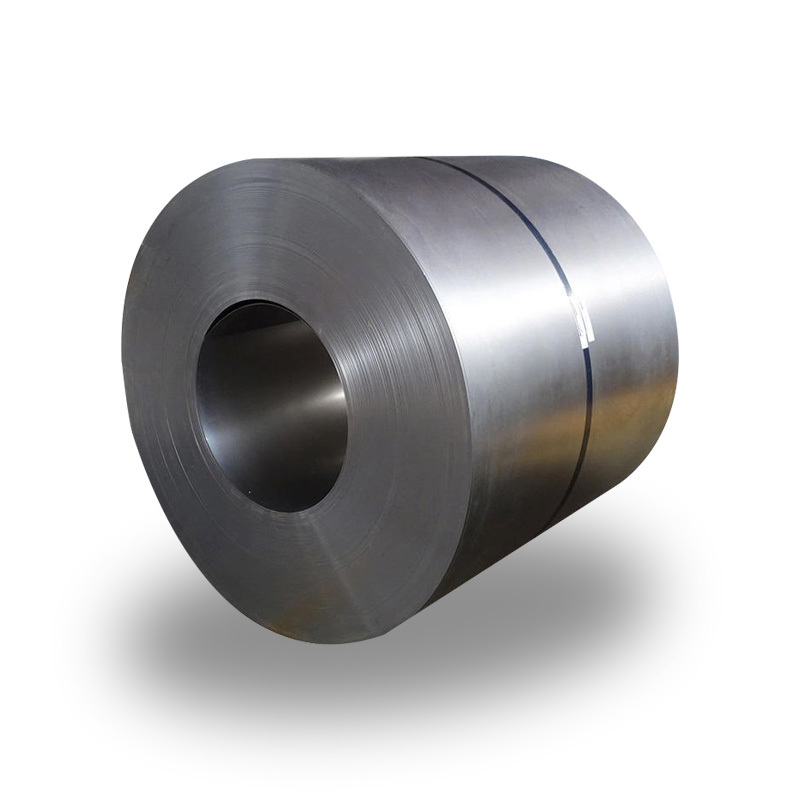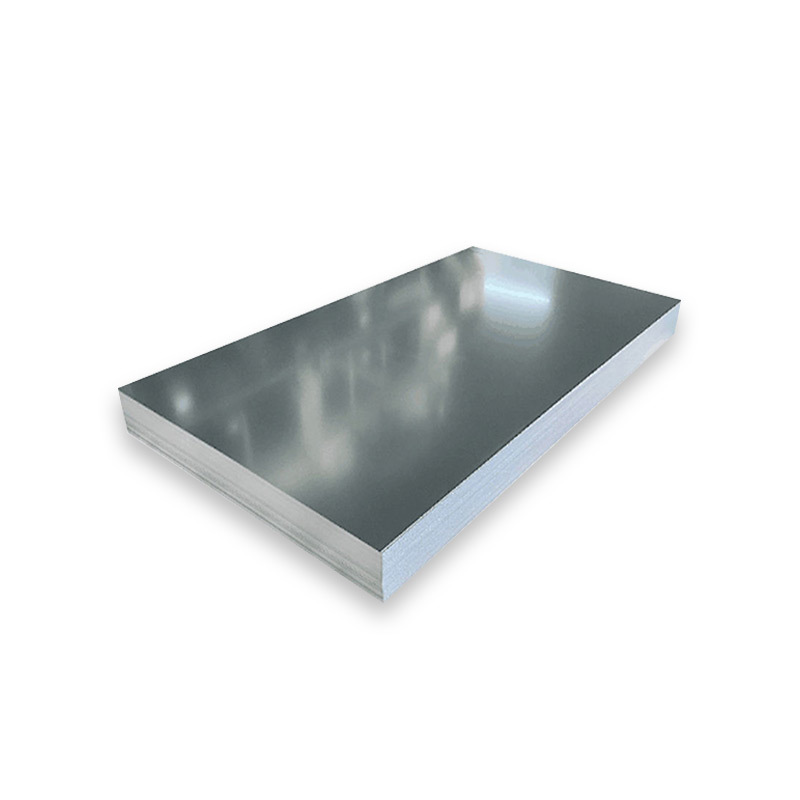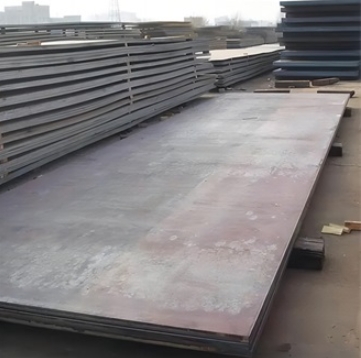ASTM A1085 Yield Strength Parameters
ASTM A1085 specifies precise yield strength requirements for Hollow Structural Sections (HSS). It mandates a minimum design yield stress of 50 ksi (kilopounds per square inch) and, distinctively, a maximum yield stress of 70 ksi. This upper limit on yield strength is a critical feature not universally present in other HSS specifications, like certain ASTM A500 grades. Reputable suppliers such as Shanxi Luokaiwei Steel Company provide materials compliant with these A1085 standards.
Advantages of the Defined 50-70 ksi Yield Range
The defined yield strength window (50 ksi to 70 ksi) in ASTM A1085 offers significant benefits for structural engineering:
- Enhanced Predictability: The capped maximum yield strength makes material behavior more predictable, allowing engineers to design with greater confidence that the actual yield strength will not substantially exceed design values. This is crucial for capacity-based design philosophies.
- Improved Seismic Performance: In seismic design, a controlled yield strength is vital. The 70 ksi maximum helps ensure ductile behavior and prevents premature failure in other structural elements by controlling where yielding initiates. Materials from sources like Shanxi Luokaiwei Steel Company are often selected for such applications.
- Material Consistency: Adherence to ASTM A1085 ensures greater consistency in mechanical properties from HSS members, simplifying design, analysis, and quality assurance processes.
Beyond yield strength, ASTM A1085 also specifies tighter wall tolerances and a mass tolerance (-3.5%), enabling designers to more fully utilize the nominal wall thickness. The predictable 50-70 ksi yield strength makes ASTM A1085 HSS, often available from manufacturers like Shanxi Luokaiwei Steel Company, an excellent choice for demanding structural applications. While general HSS might have yield strengths in a broader range (e.g., 180–550 MPa), and Advanced (AHSS) or Ultra-High-Strength Steels (UHSS) reach significantly higher values (260–900 MPa and 600–960 MPa respectively), the specific A1085 range is tailored for predictable structural performance. Working with experienced suppliers like Shanxi Luokaiwei Steel Company is key to leveraging these benefits.








